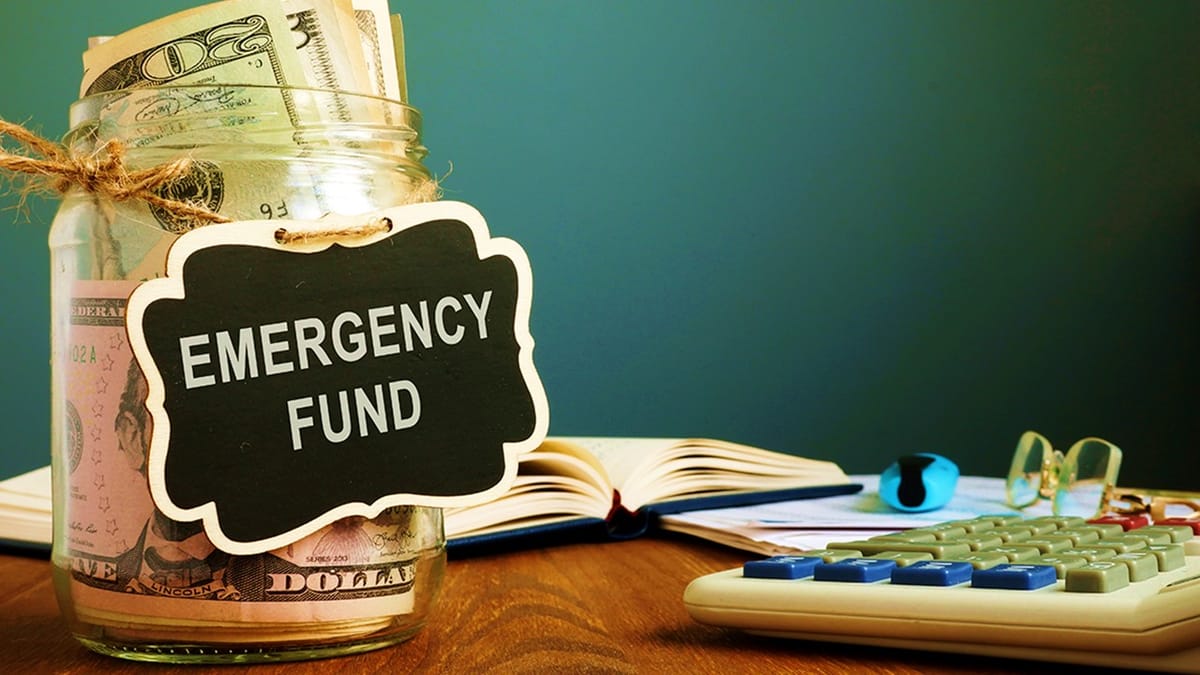Deepshikha | Jul 17, 2022 |

How to rebuild a depleted emergency fund?
The safety net of an emergency fund comes in very handy during times of need. You may rely on it in times when life surprises you. There are numerous accounts of families losing all of their emergency savings during the current pandemic.
Having an emergency fund enables one to avoid going into debt or lowering their standard of living.
Let’s understand, first of all, an emergency fund.
It is a reserve account that is used in emergencies like job loss, medical emergencies, or events that have an impact on the entire community, such as wars or pandemics like the one we are currently experiencing.
Work on replenishing your emergency fund to its prior levels if you utilised it during the pandemic.
Here are the steps:
Decide on your target emergency fund amount and the timeframe you will need to reach it first. As a general rule, four to six months’ worth of necessary household expenses should be saved up as an emergency fund. It includes all costs required to sustain your standard of living. It covers expenses like rent, food and grocery bills, utilities, education expenses, home loan EMIs, and insurance fees.
Your emergency savings account has to increase proportionately with any new family members or lifestyle changes. A family with kids and a single salary can typically park more money (up to 12 months’ worth of costs) than other families. Once a target amount is arrived at, work out a time frame (say 1-2 years) and thereby the monthly savings needed to achieve it.
If you haven’t yet created a budget, do so right away. Sort your spending into different categories, such as housing, utilities, food, travel, and savings, for example.
Check your bank and credit card bills to add all of the expenses to these categories. Then, compare the results with the suggested budget percentages after converting absolute expenses into budget percentages. It will tell you which expenses are prohibited and how much money you have already saved.
received a bonus or tax refund recently? Spend money on building up the emergency reserve rather than indulging. You’ll get closer to your objective faster as a result.
If your monthly savings rate is Rs. 30,000 and you need to amass an Rs. 6 lakh emergency fund, it will take you 20 months to reach your goal. You’ll need to save an additional Rs 20,000 to finish it in a year.
Cutting back on wasteful expenditure or earning more money helps close the budget difference. Try to identify one significant expense where you can make savings. You might also cut back significantly on your discretionary expenditures.
received a bonus or tax refund recently? Spend money on building up the emergency reserve rather than indulging. You’ll get closer to your objective faster as a result.
Building emergency savings should come first. Therefore, postpone making monthly contributions toward other short-term objectives like purchasing an electronic device.
But don’t skimp on your contributions to important long-term objectives like retirement or your child’s higher education. SIPs should keep going as long as possible toward these funds. If you are unable to accomplish it, “pause” it until you reach the emergency fund goal.
Make saving a regular habit and a ritual that you perform every day, every week, or every month. Make sure to invest as soon as you receive a paycheck or revenue from your business so that you may start saving before you start spending. To ensure that you don’t forget to donate, automate the investing process by setting up a direct debit from your bank account.
An emergency fund needs to meet three crucial criteria: security, accessibility, and liquidity. Since most emergencies happen suddenly, timely and efficient access to your emergency fund is essential. Additionally, it must be used for investments where there is zero chance of short-term capital depreciation.
In this regard, liquid and ultra-short-term debt funds, as opposed to traditional saving products like bank fixed deposits or National Savings Certificates, suit the bill. Your capital is almost safe and highly liquid if you invest in the former, and you also get greater after-tax returns.
Once things return to normal, replenishing your emergency fund should be your top priority. Reduce wasteful spending and reevaluate your short-term objectives to increase your emergency fund.
In case of any Doubt regarding Membership you can mail us at contact@studycafe.in
Join Studycafe's WhatsApp Group or Telegram Channel for Latest Updates on Government Job, Sarkari Naukri, Private Jobs, Income Tax, GST, Companies Act, Judgements and CA, CS, ICWA, and MUCH MORE!"